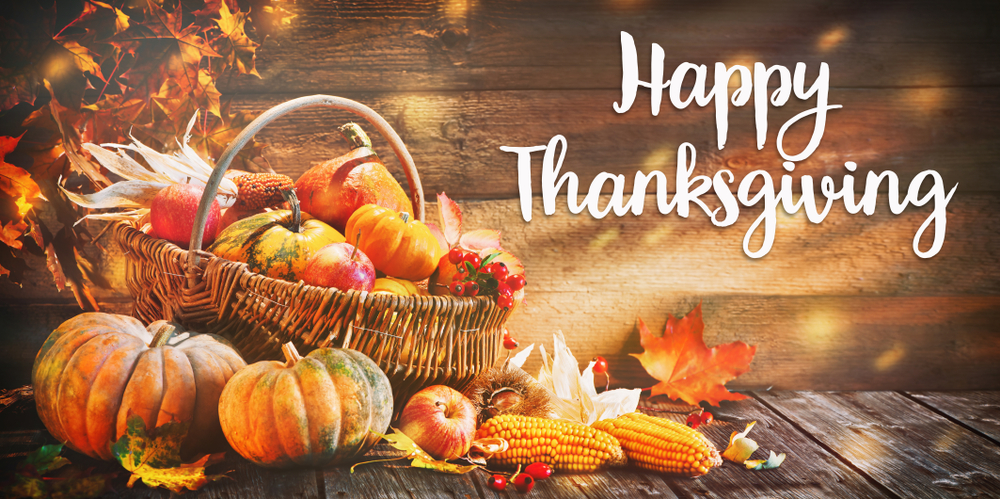Understanding pollination Worksheets for Ages 6-7
4 filtered results
-
From - To
Discover the fascinating process of pollination with our "Understanding Pollination Worksheets for Ages 6-7." These engaging and educational worksheets are specifically designed to help young minds explore how pollination occurs and its importance in nature. Through vibrant illustrations and fun activities, children will learn about the role of bees, butterflies, and other pollinators. Perfect for both classroom use and at-home learning, these resources aim to cultivate a deeper appreciation for nature while enhancing reading, comprehension, and critical thinking skills. Download today and watch your child's curiosity bloom as they dive into the world of pollination!
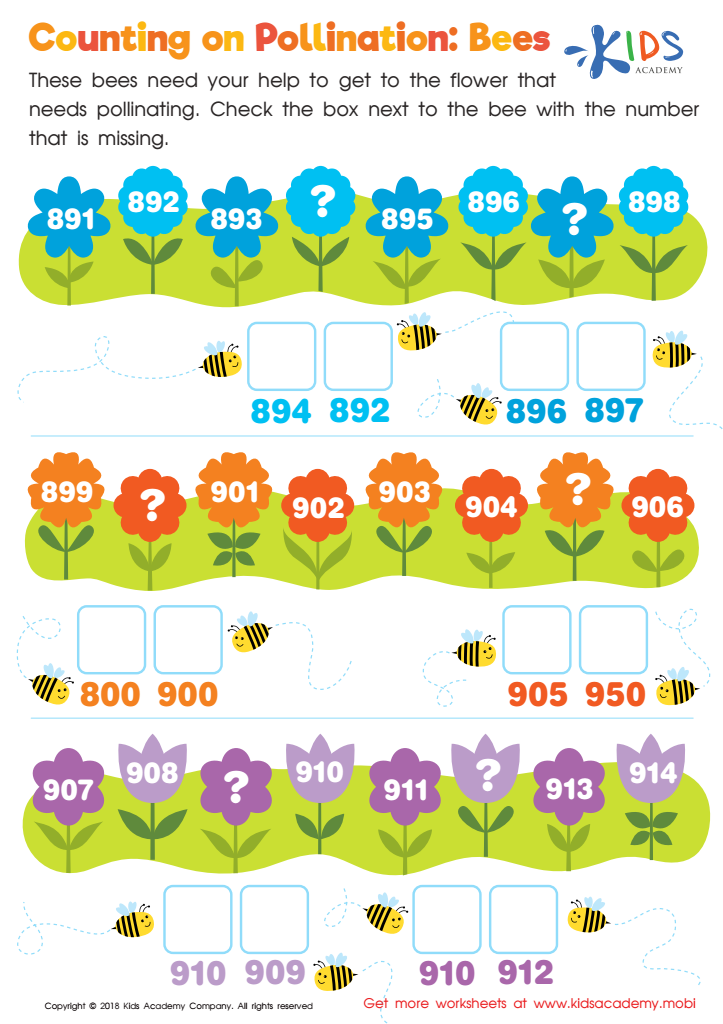

Counting on Pollination: Bees Worksheet
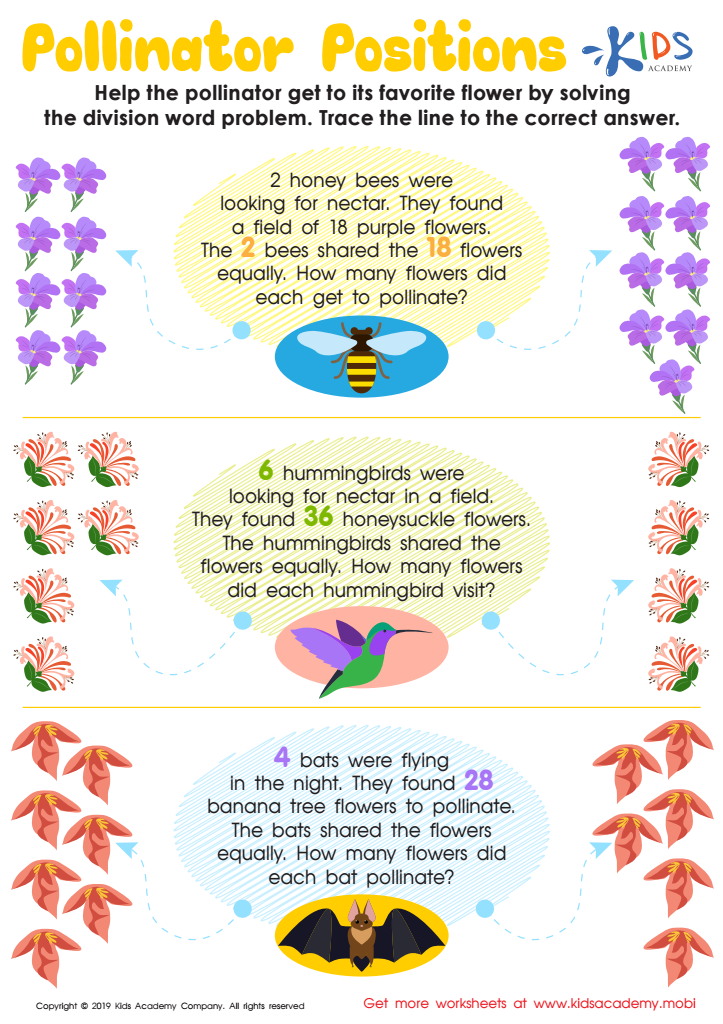

Pollinator Positions Worksheet
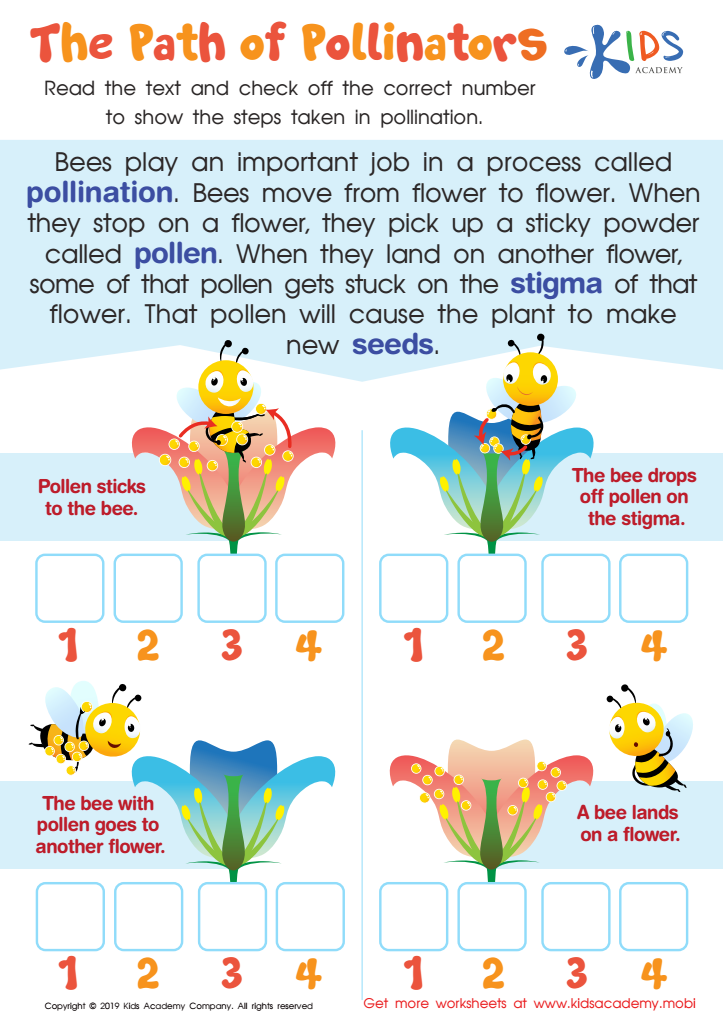

The Path of Pollinators Worksheet
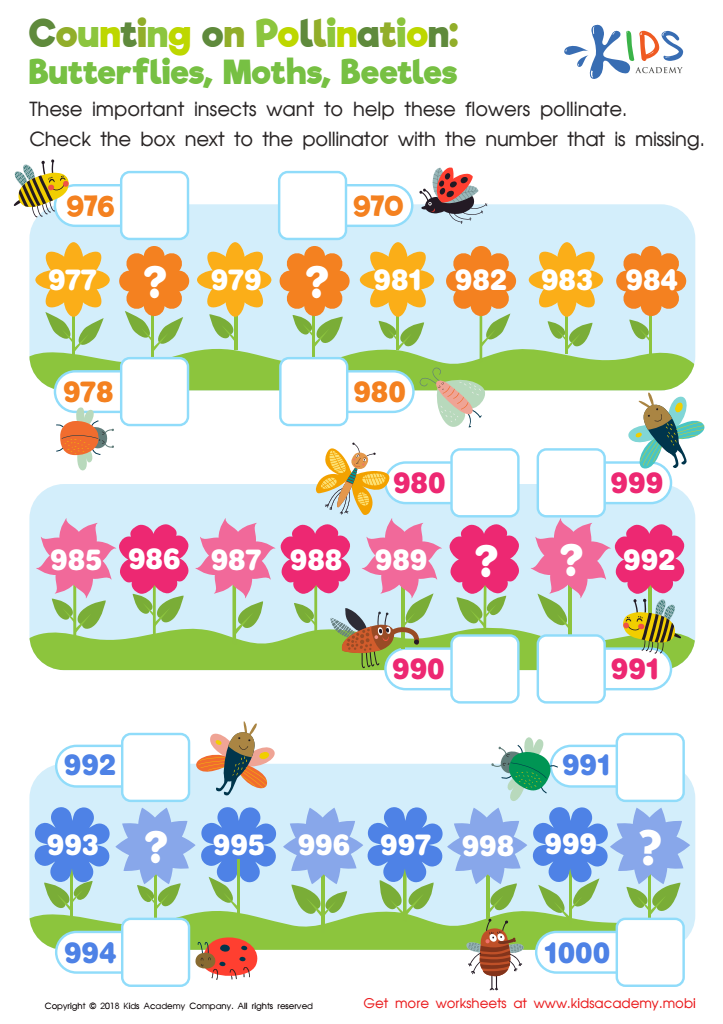

Counting on Pollination: Butterflies, Moths, Beetles Worksheet
Understanding pollination is crucial for young children because it fosters appreciation for nature and the environment. At ages 6-7, kids are naturally curious about the world around them, making it an ideal time to introduce concepts like pollination that link directly to significant aspects of their everyday lives.
Pollination is essential for the reproduction of many plants which produce the fruits, vegetables, and nuts that are vital to human diets and nutrition. Teaching children about pollination helps them comprehend where food comes from, thereby promoting healthier eating habits and awareness about agricultural practices.
Moreover, learning about pollination can enhance children's problem-solving and critical-thinking skills. Lessons can include discussions on how bees, butterflies, and other pollinators interact with plants, encouraging children to think about the roles different creatures play in ecosystems.
Environmental stewardship can also be instilled early. Understanding the importance of pollinators and the threats they face due to pesticides, habitat loss, and climate change can foster a sense of responsibility and empowerment in children to take action, like planting flowers to attract pollinators or conserving green spaces.
By teaching about pollination, parents and teachers lay the groundwork for future generations to appreciate and protect the delicate balance of our ecosystems, contributing to a sustainable future.
 Assign to My Students
Assign to My Students







